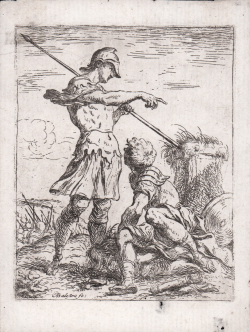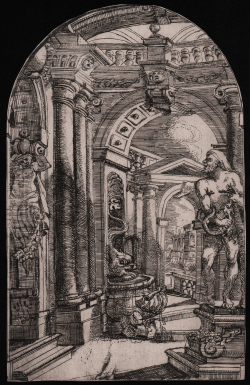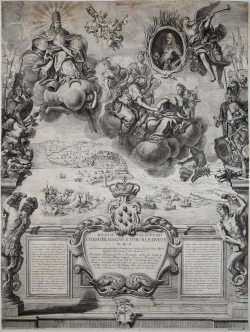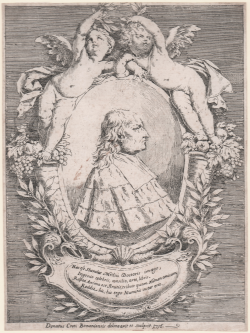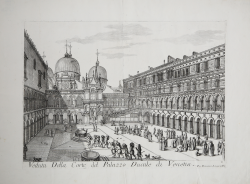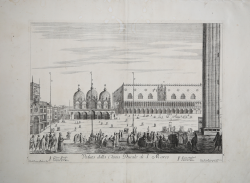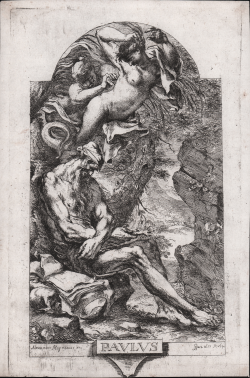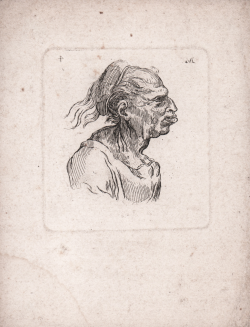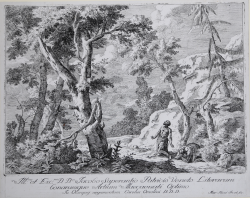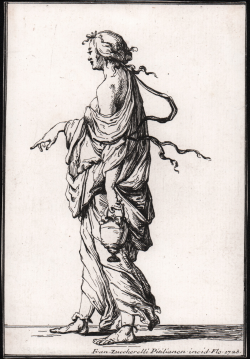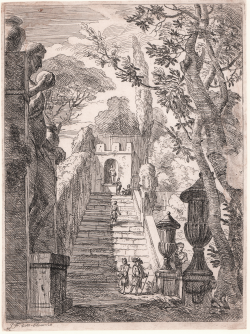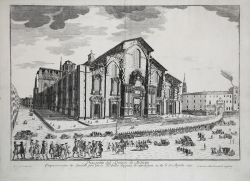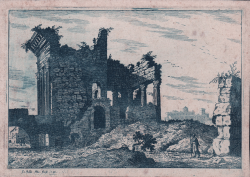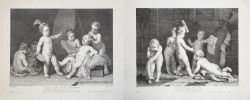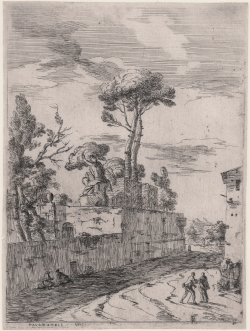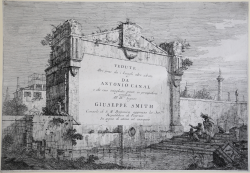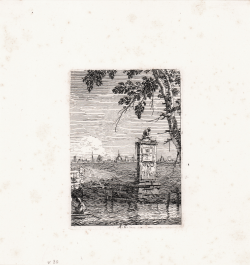Allegory of victories against the Turks by the Order of the Knights...
Hubert VINCENT
Code:
S42911
Measures:
680 x 900 mm
Year:
1704 ca.
View of the courtyard of the Ducal Palace of Venice
Domenico LOVISA
Code:
S5456
Measures:
495 x 365 mm
Year:
1717 ca.
View of the Ducal Church of St. Mark
Domenico LOVISA
Code:
S5457
Measures:
490 x 345 mm
Year:
1717 ca.
St. Paul of Thebes tempted by a Demon
Bartolomeo GAZALIS
Code:
S44222
Measures:
200 x 320 mm
Year:
1720 ca.
Grotesque head of old woman
Anonimo - Scuola Italiana
Code:
S42274
Measures:
67 x 75 mm
Year:
1720 ca.
Standing female figure walking to the left holding a lamp
Francesco ZUCCARELLI
Code:
S42142
Measures:
122 x 172 mm
Year:
1728
Villa Borghese
Jan Frans van BLOEMEN detto "Orizzonte"
Code:
S3757
Measures:
185 x 245 mm
Year:
1730 ca.
Villa Borghese
Jan Frans van BLOEMEN detto "Orizzonte"
Code:
s11848
Measures:
175 x 335 mm
Year:
1730 ca.
Prospetto del Duomo di Milano e rapresentazione de Funerali fatti...
Marcantonio Dal Rè
Code:
S44210
Measures:
650 x 440 mm
Year:
1735
Allegory of Music & Allegory of Painting
Joseph (Giuseppe) WAGNER
Code:
S45373
Measures:
385 x 310 mm
Year:
1739 ca.
Title page of the Vedute
Giovanni Antonio Canal detto CANALETTO
Code:
S30093
Measures:
422 x 290 mm
Year:
1740 ca.
Il Piccolo Monumento
Giovanni Antonio Canal detto CANALETTO
Code:
S41949
Measures:
84 x 119 mm
Year:
1740 ca.
San Giustina, Padova
Giovanni Antonio Canal detto CANALETTO
Code:
S42617
Measures:
433 x 301 mm
Year:
1740 ca.
The Family of the oriental Peasant
Giambattista TIEPOLO
Code:
S38352
Measures:
178 x 225 mm
Year:
1740 ca.

